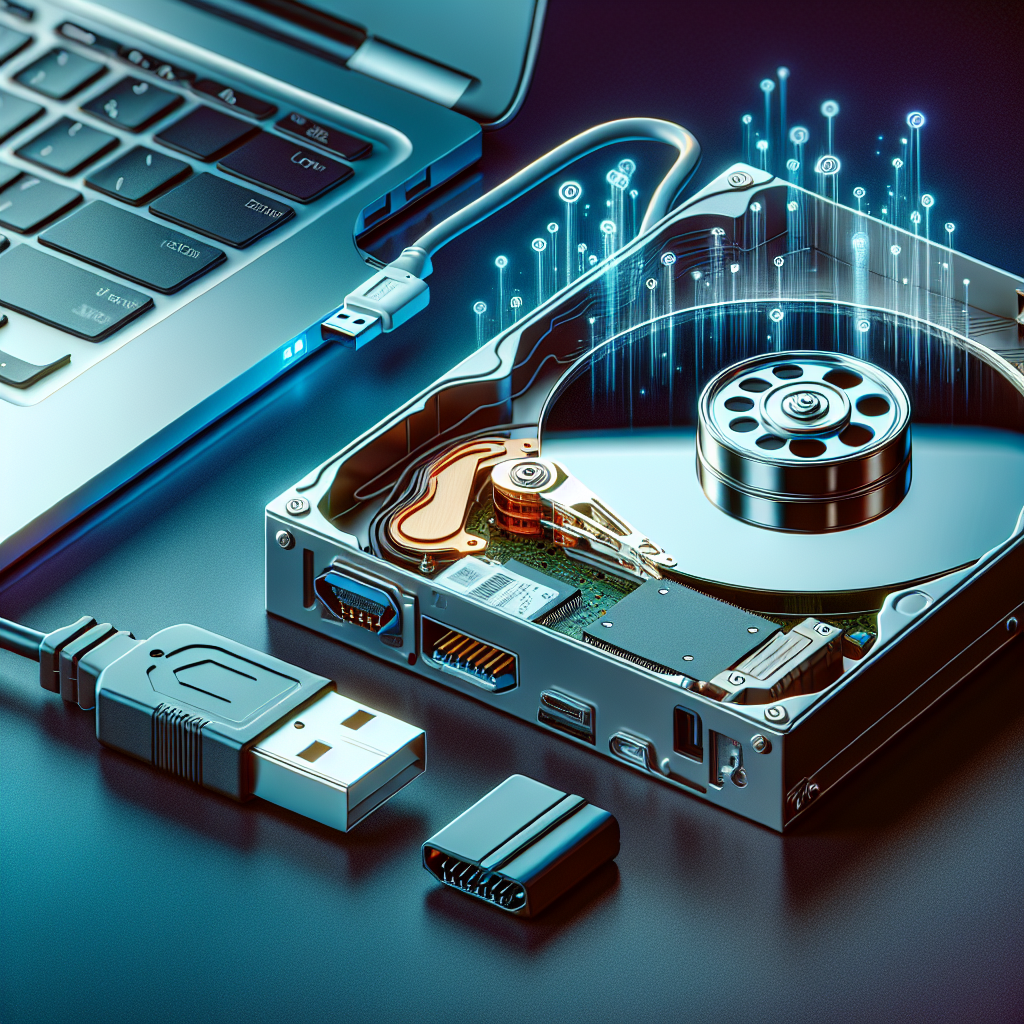Introduction
Facing a dead internal hard drive can be a stressful experience, especially if it contains important data. However, there are solutions available to help you recover your valuable information. One such method is using a USB adapter to access data on a dead internal hard drive. This article explores the feasibility, steps, and best practices for utilizing a USB adapter for data recovery.
Understanding Internal Hard Drives and Failure Scenarios
Internal hard drives are essential components of computers, responsible for storing operating systems, software, and personal data. Over time, hard drives can fail due to various reasons such as mechanical wear and tear, electrical issues, or physical damage. Recognizing the signs of a failing hard drive is crucial for timely data recovery.
What is a USB Adapter?
A USB adapter, also known as a USB to SATA/IDE adapter, is a device that allows you to connect an internal hard drive to a computer via a USB port. This adapter acts as an external interface, enabling the computer to recognize and interact with the hard drive without needing to install it internally.
How Can a USB Adapter Help Access Data on a Dead Internal Hard Drive?
When an internal hard drive fails, it doesn’t always mean that the data is irretrievable. Often, the issue lies with the computer’s internal connections or power supply rather than the hard drive itself. A USB adapter can bypass these internal connections, allowing you to connect the hard drive externally and access the data directly.
Step-by-Step Guide to Using a USB Adapter for Data Recovery
What You Need
- A compatible USB adapter (SATA or IDE based on your hard drive type)
- A working computer with available USB ports
- Screwdrivers (if necessary for removing the hard drive)
Connecting the Hard Drive with a USB Adapter
Start by carefully removing the dead internal hard drive from your computer. Connect the hard drive to the USB adapter, ensuring that the connections are secure. Plug the USB adapter into a working computer’s USB port.
Accessing and Transferring Data
Once connected, the computer should recognize the hard drive as an external storage device. Navigate to the drive using your file explorer and begin transferring your data. It’s advisable to prioritize the most critical files first.
Advantages and Limitations of Using a USB Adapter
Advantages
- Cost-Effective: USB adapters are relatively inexpensive compared to professional data recovery services.
- Ease of Use: The setup process is straightforward and doesn’t require advanced technical skills.
- Portability: USB adapters are compact and can be used with multiple devices.
Limitations
- Accessibility Issues: If the hard drive has severe physical damage, a USB adapter might not help.
- Data Corruption: Logical failures or corrupted file systems can impede data recovery.
- Limited Repair Capabilities: USB adapters don’t fix hardware issues; they only facilitate data access.
Alternatives to USB Adapters for Data Recovery
If a USB adapter doesn’t resolve your data access issues, consider other methods such as:
- External Enclosures: Provide more robust connections and power options.
- Professional Data Recovery Services: Offer advanced solutions for severe hard drive failures.
- Direct Internals Replacement: Swapping components like the logic board in some cases.
Best Practices for Data Recovery from a Dead Internal Hard Drive
- Act Promptly: The sooner you attempt data recovery, the higher the chances of success.
- Handle with Care: Avoid physical shocks or static electricity that can further damage the hard drive.
- Backup Regularly: To prevent data loss, maintain regular backups of important data.
- Avoid DIY Fixes for Severe Damage: In cases of significant hardware failure, seek professional assistance.
Conclusion
Using a USB adapter to access data on a dead internal hard drive is a viable and often effective method for recovering important information. While it’s not a guaranteed solution for all types of hard drive failures, it offers a cost-effective and user-friendly option worth attempting before exploring more intensive recovery methods. By following the proper steps and best practices, you can maximize your chances of successfully retrieving your valuable data.

Leave a Reply